You just launched a game with great potential. Gamers are swarming over and playing it. You already imagine your title becoming a great success – also financially.
But soon enough, your gamers encounter cheaters while playing, growing frustrated and potentially leaving the game. As a game publisher, you suffer this loss in a multitude of ways.
The good news is you can actively do something about it and reduce the impact of cheaters, by applying protective solutions to your game. The question is: are they expensive?
How do game protection solutions work?
Game protection is usually achieved by applying two different kinds of solutions: anti-tampering and anti-cheat.
Think of these solutions as protective layers added over your game. Anti-tamper prevents hackers from modifying your game files and distributing them outside of your control. On the other hand, anti-cheat works as a policing unit, identifying cheaters and banning them from multiplayer environments. In the ideal gaming environment, honest players can enjoy a fair fight without the worry of encountering a cheater.
Whether you’re an established publisher with multiple titles under your belt, or an indie developer making your break, protection is key. Bear in mind that an estimated 77% of gamers will leave your game if they encounter cheating!
Why does your game need protection?
One of the biggest reasons why you need to protect your game is that you are preventing dishonest players from taking advantage, either through wall hacks, aim bots, or other commonly used cheats that disrupt the player’s experience.
Did you also know that your games can be illegally copied and distributed around, sometimes even before the release date? With game protection solutions, you can protect your games from being stolen. Some of the other key reasons are:
- You’ll protect your honest players’ gaming experience.
- You’ll protect your game from getting abandoned by players.
- You stop pirates from cloning and redistributing your game for their undeserved profit.
- You’ll generate more money through in-content purchases.
- You’ll protect your games against being pirated and redistributed with malware that could frustrate players – and give a bad name to your brand.
- You’ll protect your brand and game’s reputation.
- You’ll save your precious revenue.
Not to forget on top of all that, you do the entire video gaming industry a collective favor by keeping cheaters and pirates away, protecting honest players’ time, efforts and ultimately their enjoyment in the game zone.

What is the impact on your games without game protection?
Let’s cut right to the chase regarding the cost of it. It is fair to say that you pay less for game protection software than what you stand to lose when your titles are not being protected.
It is quite simple: cheaters and pirates degrade your game’s name as well as yours and it may likely spiral into it having fewer interested players. Once your game is overrun by cheaters, it will struggle to maintain a good reputation. In fact, our survey showed that 46% of gamers will refrain from making in-content purchases if they encounter cheating. Investing in good game protection will retain your game’s player base and perhaps even attract players from your competitors.
Also, to give you the math, if video games were to be left unprotected – the entire gaming industry can be impacted by a whopping US $29 billion loss in revenue. Those are big numbers!
How expensive is game protection software?
Now, the elephant in the room – how expensive is video game protection? Contrary to a popular belief, it does not need to dent your wallet. The cybersecurity industry offers different pricing models catered to various-sized gaming publishers.
The clear misconception that only blockbuster games from AAA studios can afford decent cybersecurity technology has been debunked. Denuvo by Irdeto, for example, provides anti-cheat and anti-tamper solutions to game devs big and small, for flexible price ranges depending on publisher sizes.
Don’t take our word for it – just read our Traplight case study; This Finnish gaming studio – that began with a team of only 30 developers – implemented Denuvo Mobile Protection on the Android version of their game first and then did the same later with their iOS version. This has brought them exceptional results, paired with a fair playground for Traplight players.
After all, game protection is necessary no matter the size of the publisher. The best part – since its pricing is often very flexible, we can help you stay within the budget.
How do I get started with protecting my game?
Reach out to us and tell us about the game you want to protect!

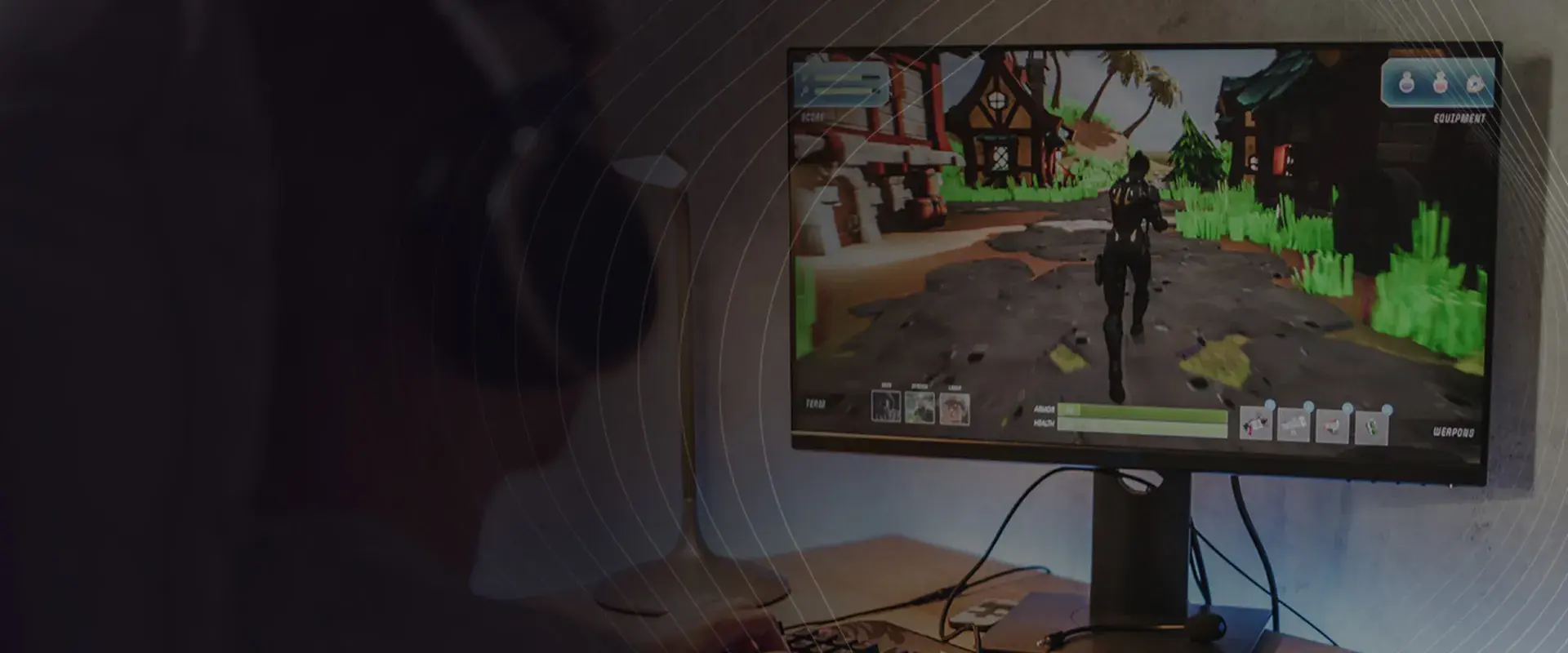
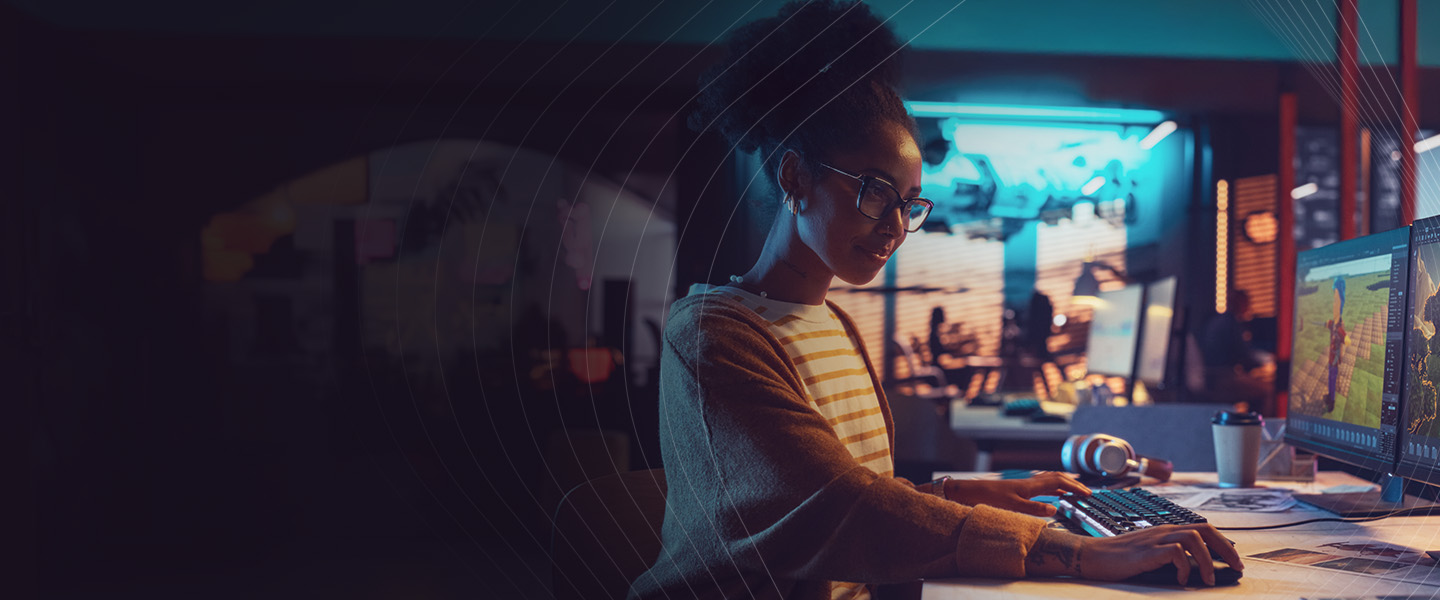
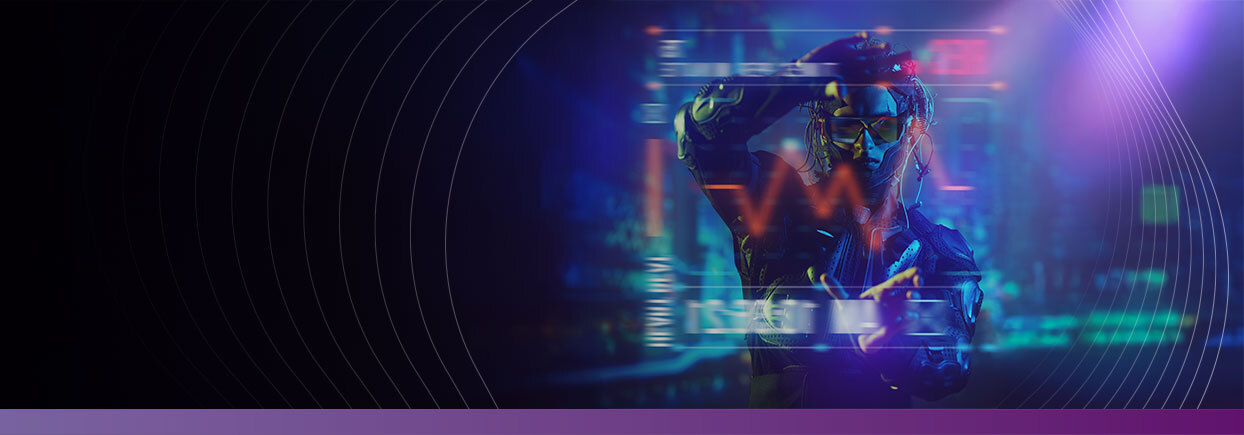
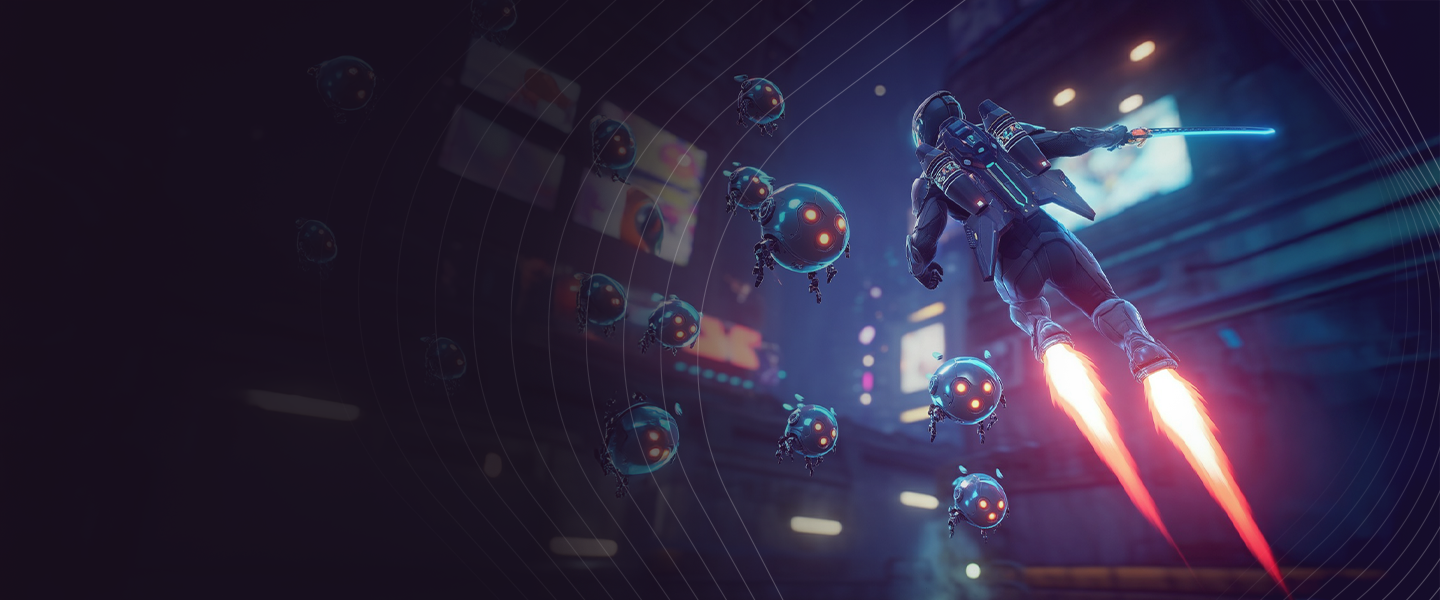


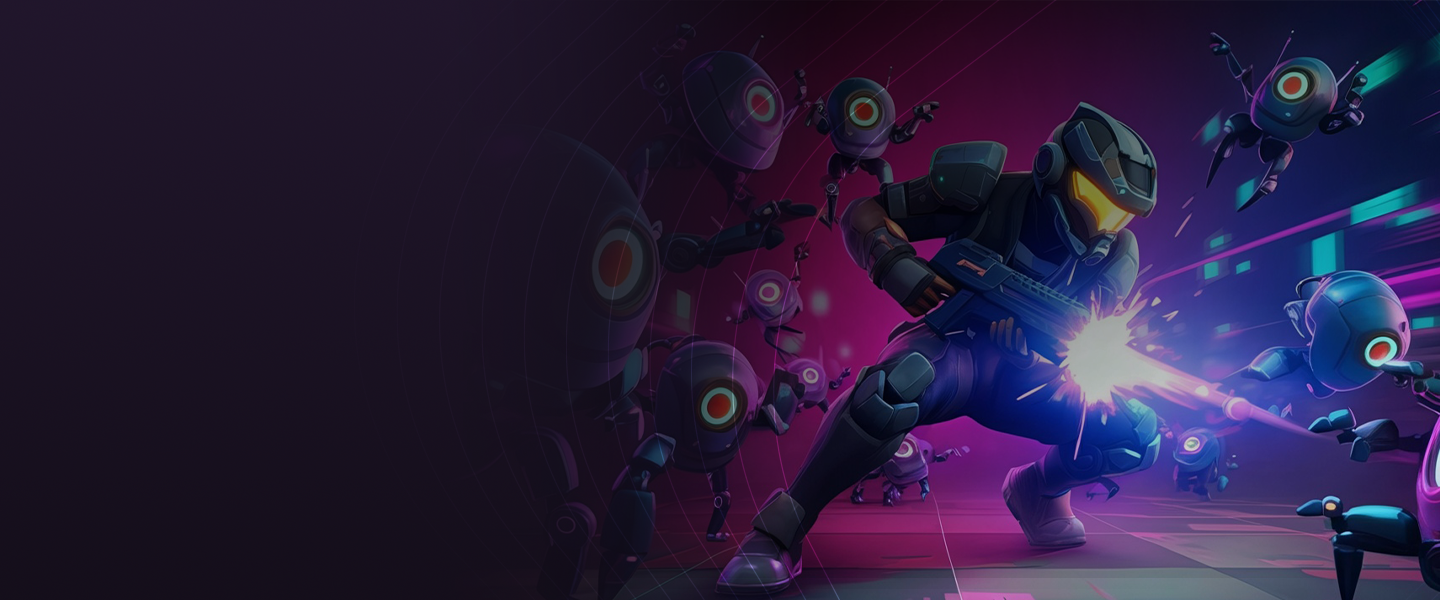
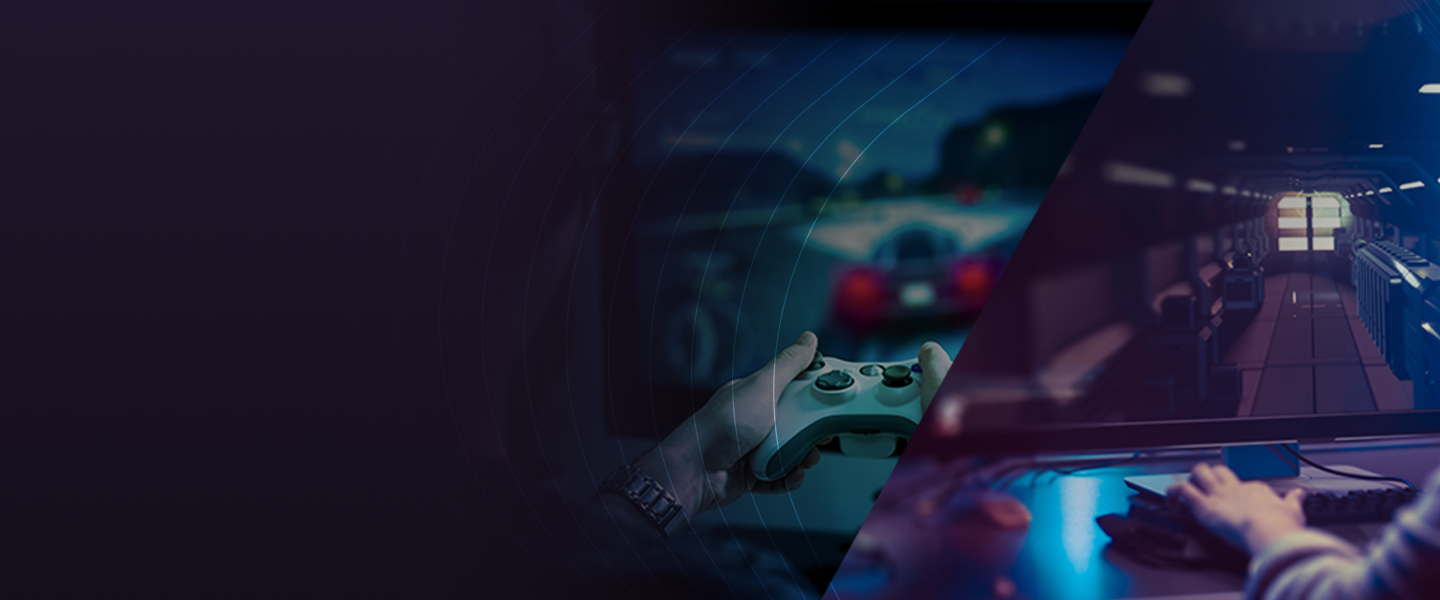


/Images/Module%20-%20footer/spiral.svg)
